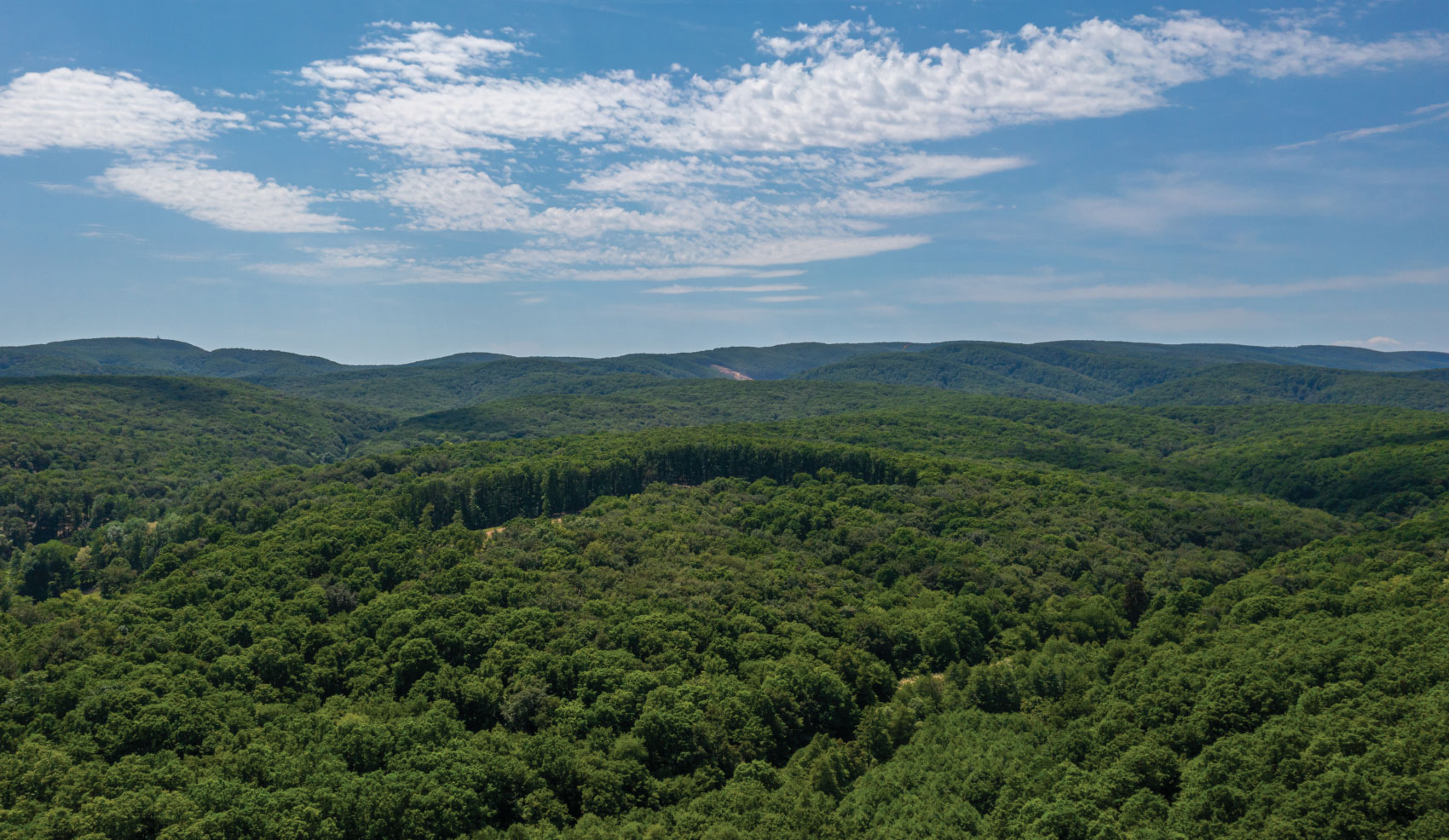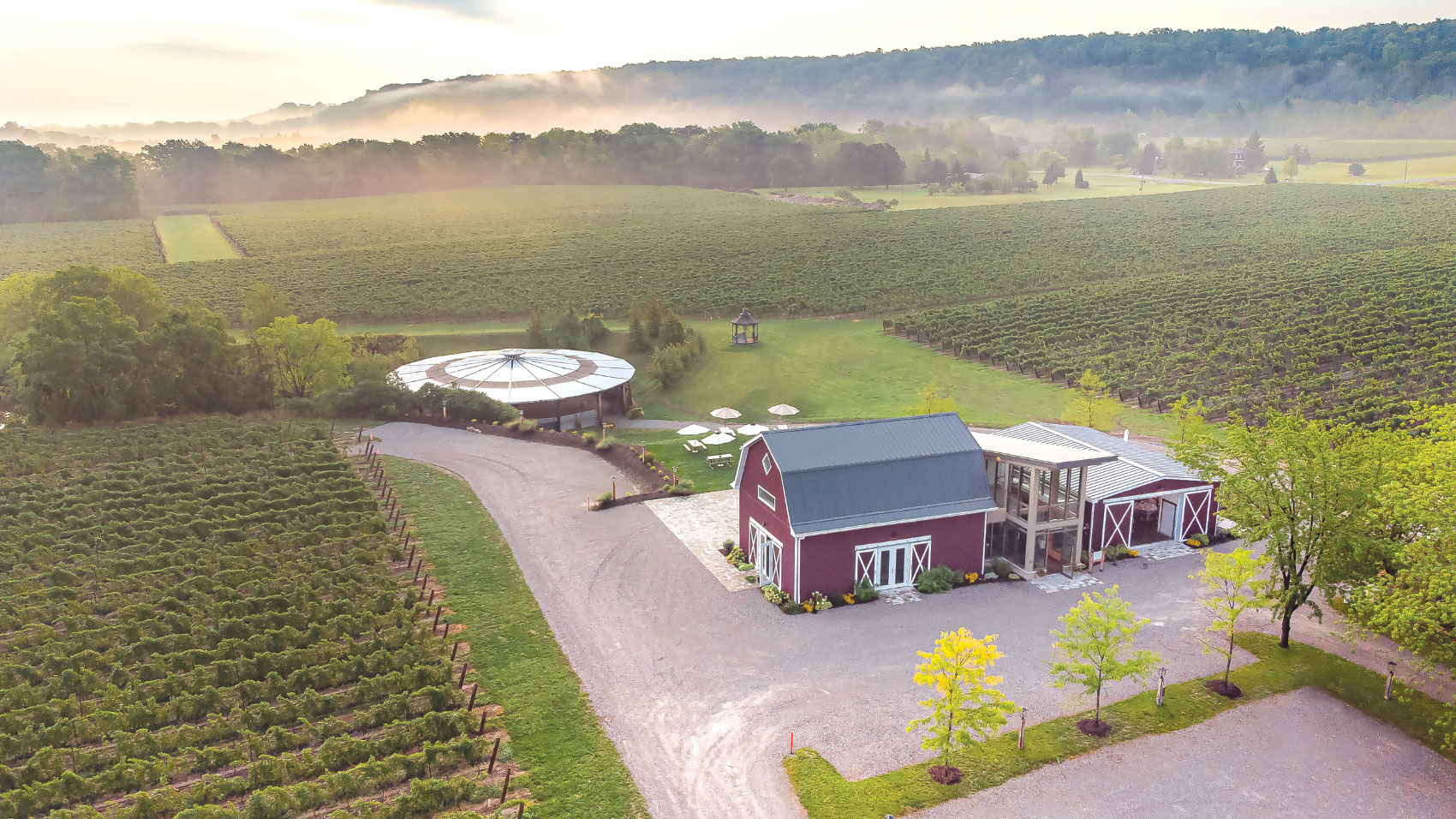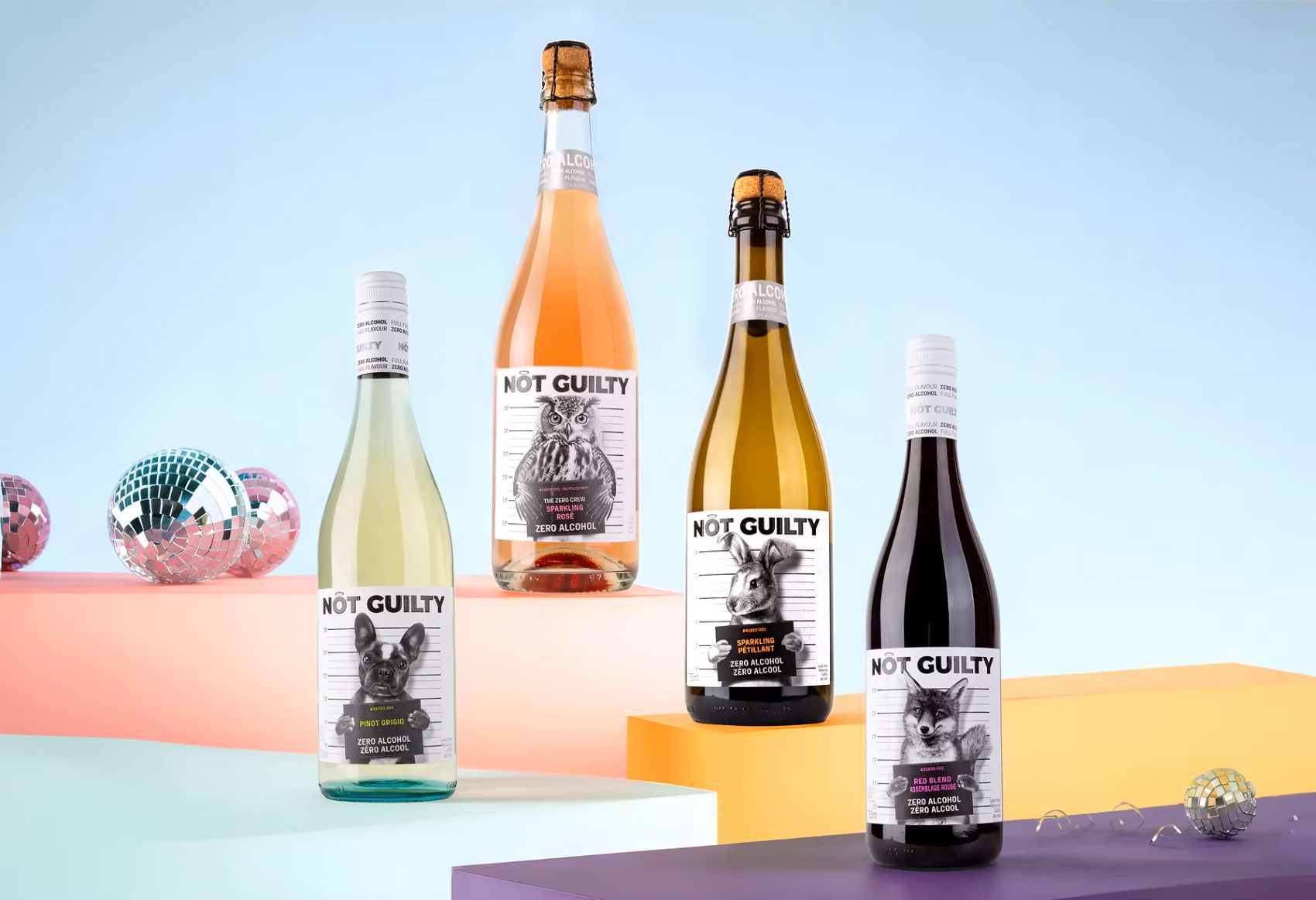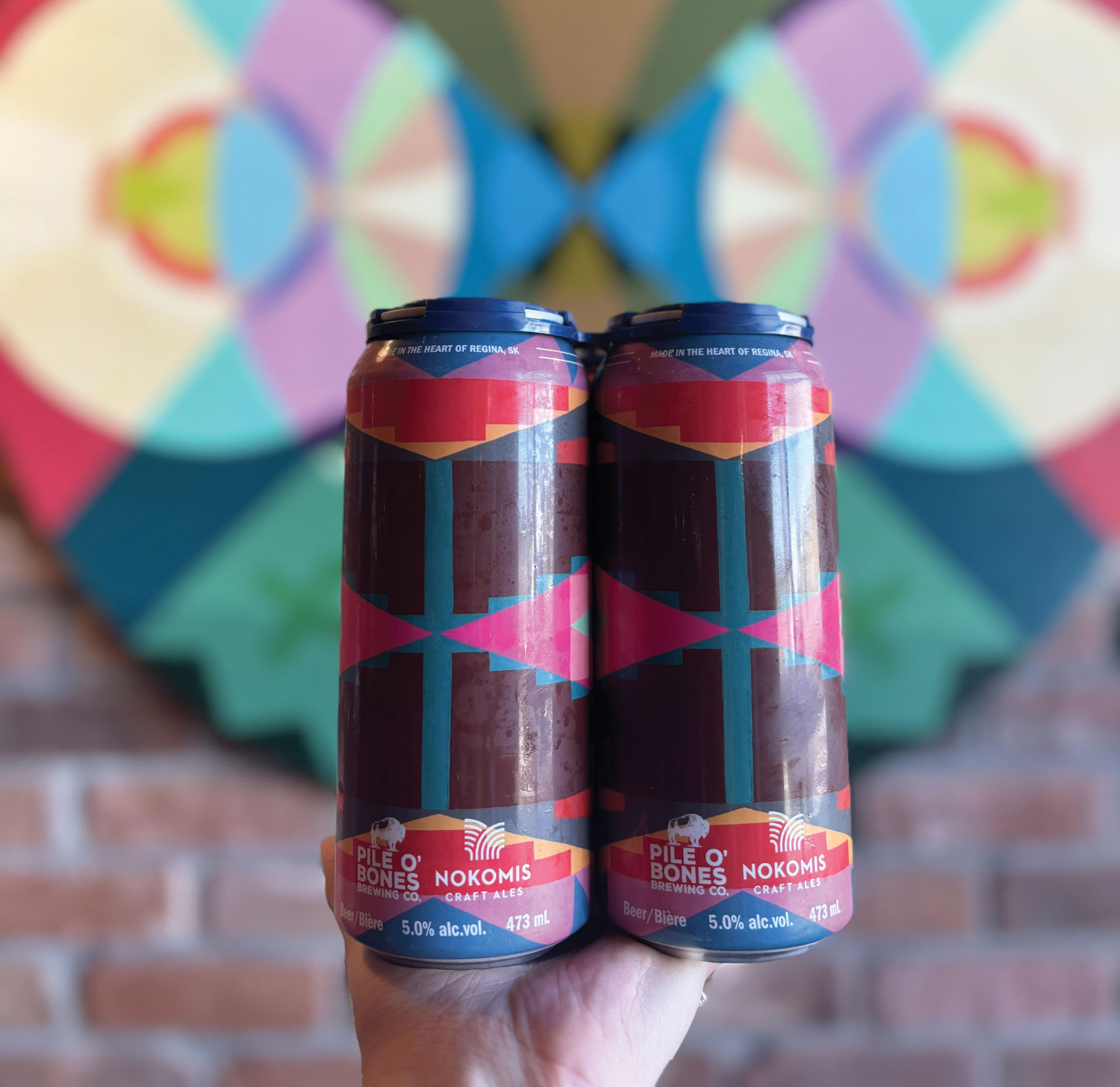In the heart of the Croatian lowlands lies the rolling hills of Slavonian forest, an area dotted with new and historic pedunculate and sessile oak trees ripe for barrel-making and conservation.
“In our forests, we nurture nature,” said Bruno Alexander Gantenbrink, owner of Auric Barrels, a company that balances its barrel-making operations with preserving the forest. “We only take what the forest naturally gives us.”
For Auric Barrels, having patience for natural processes and prioritizing natural habitats is essential to their business operations. “Proof of this is a very healthy forest,” said Gantenbrink. “It’s full of a growing number of very large animals such as deer, wild boar, turkeys and partridges, wolves, foxes and plants that can no longer be found in other European forests.”
Auric Barrels has also positively impacted the local community, in addition to the environment. “It has been a positive example of good practices and co-operation through the provision of scholarships to students who want to learn a skilled trade in barrel cooperage,” said Gantenbrink.
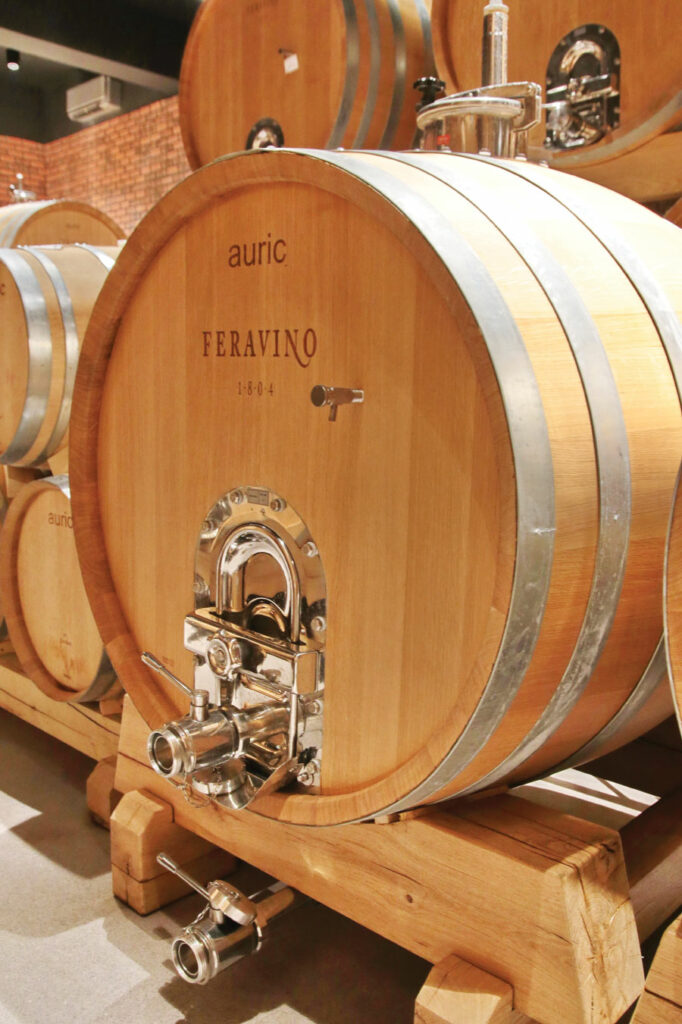
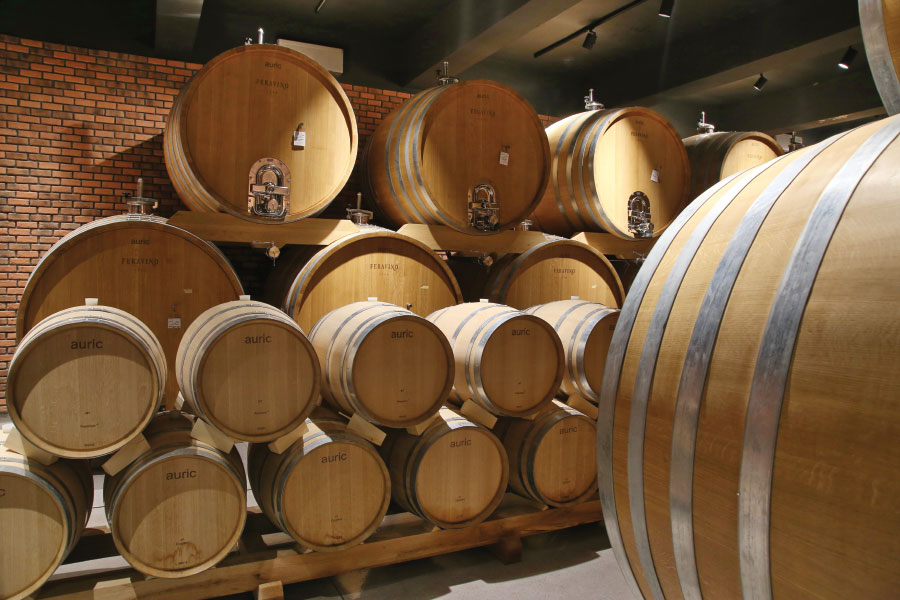
While Auric Barrels can trace the use of Slavonian oak in architecture back centuries, its use for barrel-making began in the late-18th century. The Auric Group of Companies purchased the forest in 2011 and employed coopers from Đurdenovac, a municipality in Croatia, to create Slavonia Cooperage – now Auric Barrels – a few years later.
“About 50 per cent of the Republic of Croatia is a forest and the state owns almost 80 per cent of it,” said Gantenbrink. “So, this fact brings awareness to natural resource conservation.
“I should also note that the Republic of Croatia is the first country in the region to receive the Forest Stewardship Council (FSC) certificate precisely because of their impressive sustainable forest management.”
The Auric Barrels’ forests are also FSC-certified. “We respect all the rules of forest management,” said Gantenbrink. “Our goal is to increase the percentage of forest quality areas through natural cultivation. The Auric Group of Companies is dedicated exclusively to the process of natural rejuvenation of our forest as a basic requirement to our sustainability and principles.”
Auric Barrels harvests it’s logs from over 15,000 hectares of the Auric Group of Companies’ privately-owned forests, including the Našice lowlands, Papuk mountain slopes and the Krndija Mountain Peaks.
“All three areas are within a 50-kilometre radius of the cooperage, which helps lower our carbon footprint,” said Gantenbrink. “It also ensures a higher quality of product because it makes it easier to trace each log back to the Slavonian forest.”
“In our forests, we nurture nature. We only take what the forest naturally gives us.”
Bruno Alexander Gantenbrink, Auric Barrels
However, not all logs from the Slavonian forest will produce the same results. “We divide our barrels into categories based on grain density that is influenced by the growth rate of trees,” Gantenbrink said. “The faster the tree grows, the lower density you will have.”
Grain density refers to the annual growth rings that become denser in wood from slow-growing trees and wider from fast-growing trees. “Trees that grow in the lowlands have a more fertile environment and grow much faster than trees on depleted soil or from more steep soil,” Gantenbrink said.
He says pedunculate oak grown in the lowlands produces a slightly lower grain density and sessile oak near the hilly, sunlit slopes produces a very high grain density. “We handpick the oak timber used for our barrels, so we’re quite familiar with their micro-climates,” he said.
Auric Barrels offers four barrel types: standard, excellence, premium and premium plus. “The difference between each barrel type lies within the air drying process of the staves and where that narrow strip of wood came from,” said Gantenbrink.
According to Auric Barrels, regardless of the type of oak, the Slavonian micro-climate is one of the best regions in the world for growing oak suitable for producing wine barrels.
Papuk, the highest Slavonian peak, produces a high-quality sessile oak while Krndija, another mountain to the east, yields an exceptionally tight-grained sessile oak. The Našice lowlands, lying within the Pannonian Basin of the Drave River’s widest meander, bear a highly favourable area for pedunculate oak to mature.
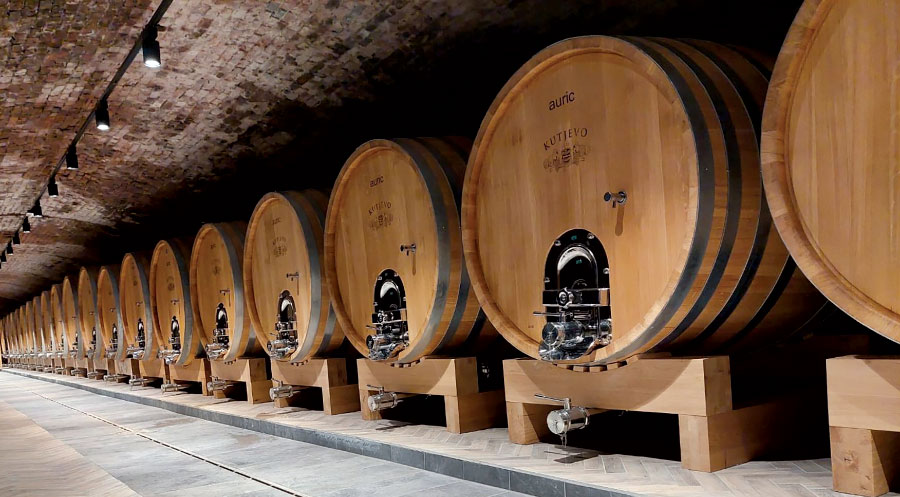
Auric Barrels also toasts their barrels with barrel-specific terroir accents to flavour the wine. “Toasting is one of the most important factors in barrel-making,” said Gantenbrink. “More then 70 per cent of the flavour of the barrels comes from toasting.” He says it’s why special care is taken during this step of the production process.
“Each of our barrels has a specific toasting profile where you can measure the time and temperature that the barrel is being toasted for,” said Gantenbrink. “The whole process of toasting is computer automated, so it’s digitized for total control.”
With this system, there is no chance of deviation from the default parameters. “Along with total traceability for each log, we can claim 100 per cent accuracy that guarantees our customers will have barrels with consistent characteristics on each order,” he said.
According to Gantenbrink, every temperature and duration of toasting forms different aromatic compounds in the wood. “Low toasting temperatures and shorter times yield just slight changes in primary oak compounds,” he said. “While the light toasted barrel is the most neutral barrel, allowing the primary varietal aromas of the wine to stand out more, the higher temperature and longer toasting time will start to form compounds like vanilla, sweetness, pepper, caramel, chocolate, coffee, brioche, and many other spices and aromas.”
Gantenbrink says not every toasting level will compliment every wine, though. “It’s similar to serving wine at the right temperature or decanting; choosing the right barrel and toasting level will compliment your wine and enhance its quality,” he said.
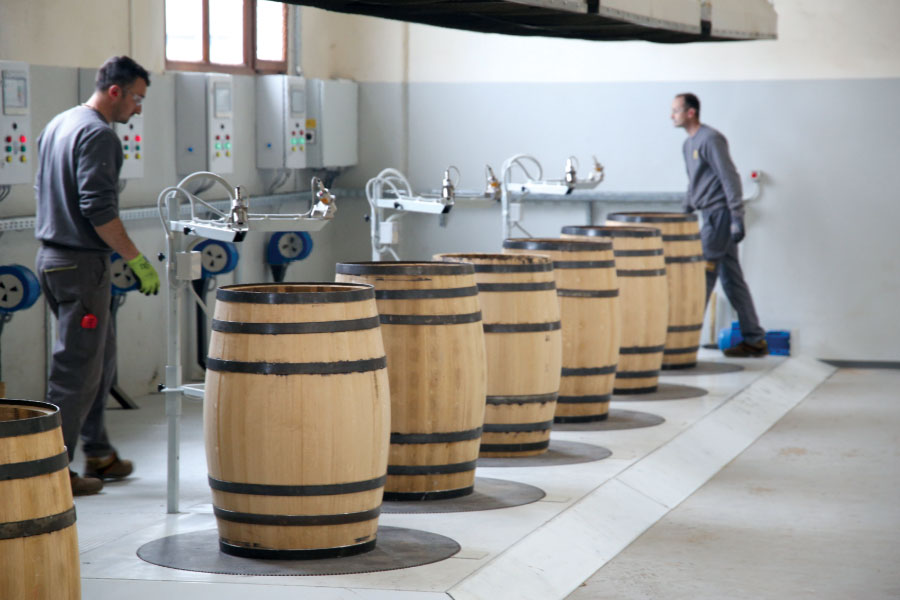
Auric Barrels extended its product to Canada in the last year. “We want to expand globally to every market where wine is produced,” said Gantenbrink. “Our authorized agent for Canada is Steve Kovacevic, who runs Wood Products of Croatia and supplies our Slavonian oak barrels. At the moment, we’re the biggest cooperage in Croatia who can supply the North American market with high-quality barrels made from 100 per cent Slavonian oak.”
So far, Auric Barrels has sold barrels to several wineries in the Niagara region of Ontario, along with many inquiries from neighbouring Prince Edward County and the Okanagan Valley in British Columbia.
“Each winery needs six to 12 months or longer for testing the barrel to see what the impact will be on their wine,” said Gantenbrink. “So, 2023 is our first harvest in the Canadian market, and we need a bit more time to get first impressions from the winemakers who gave us a chance and put their wine in our barrels.”
Gantenbrink says Canadians can also look forward to new and innovative products from Auric Barrels. “We are developing one revolutionary product called Auric Infinity,” said Gantenbrink. “It will be a specially-made barrel that will let winemakers produce wine in wooden barrels in totally controlled conditions – no oxidation, evaporation or contamination.”
It’s a new approach in winemaking that allows the client to produce wine without preservatives or additives.
“We have begun test trials with Croatian wineries for the 2023 harvest and we plan to do the same with our foreign markets next season,” said Gantenbrink. “Hopefully, we will be able to present it to the Canadian market for the next harvest season as well.”

